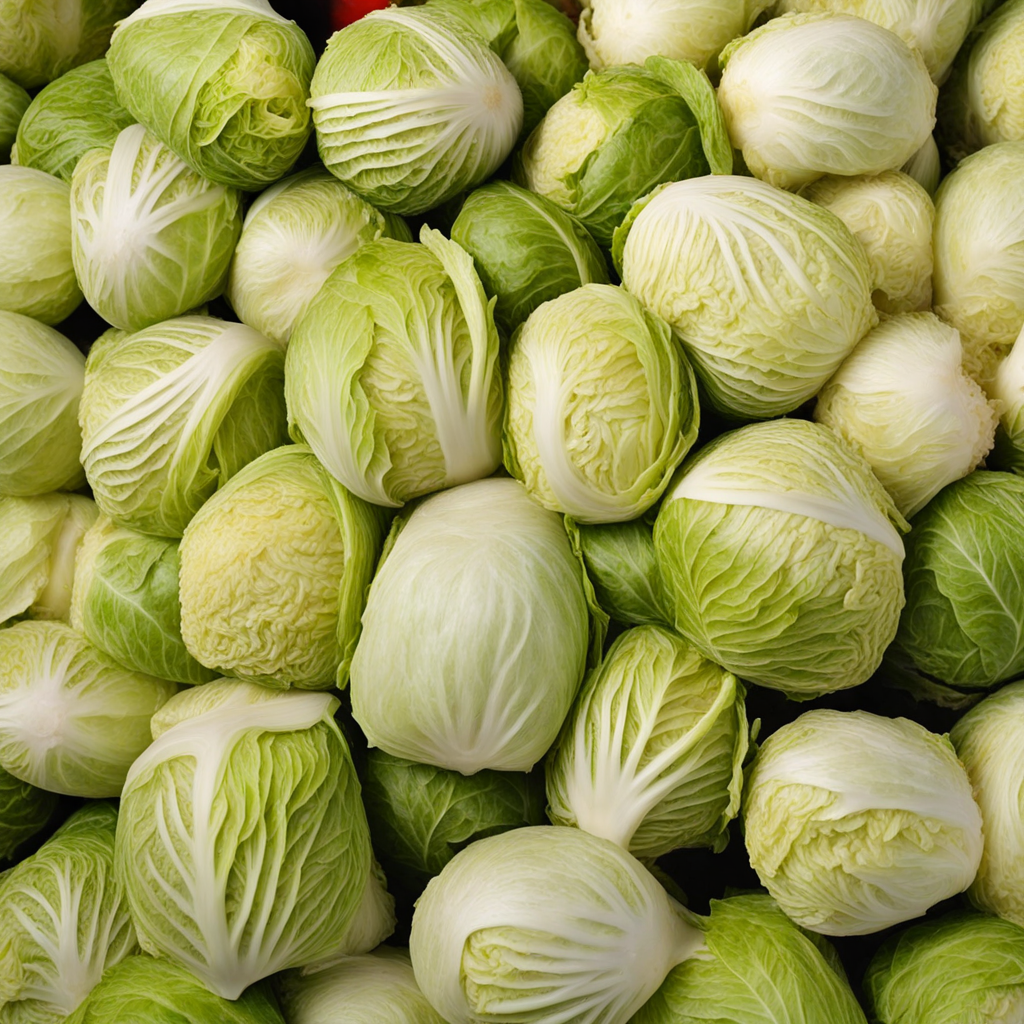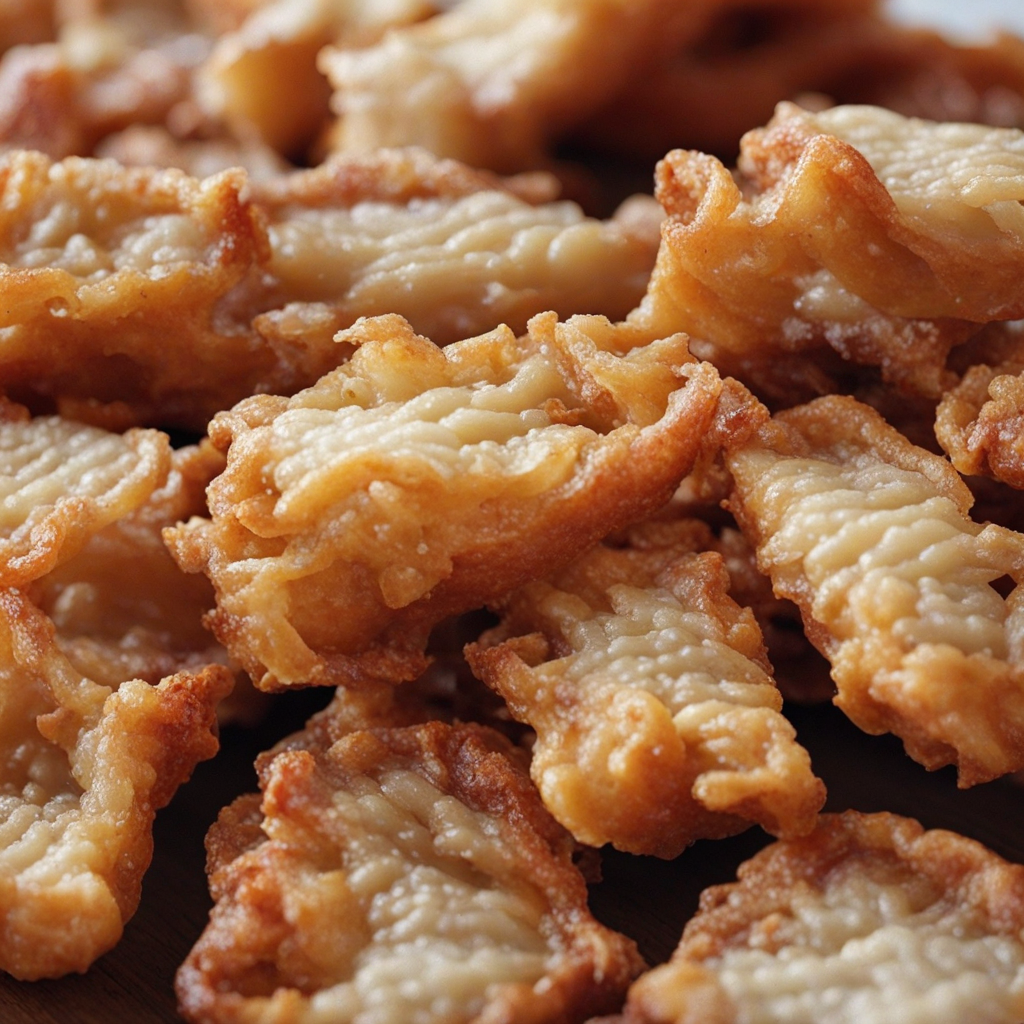Kiseli Kupus
Kiseli kupus, or fermented cabbage, is a beloved staple in Serbian cuisine that embodies the essence of traditional preservation methods. The dish is crafted by finely shredding cabbage and packing it tightly in a container, often layered with salt and sometimes spices, allowing it to ferment naturally. This fermentation process imparts a distinctive tangy flavor and a crunchy texture, making it a delightful addition to many meals. The slight sourness of kiseli kupus is balanced by its crispness, which adds a refreshing element to hearty dishes. This fermented cabbage is incredibly versatile, serving as a side dish, a salad component, or a key ingredient in various recipes. Commonly paired with meats such as pork or sausages, kiseli kupus enhances the richness of the proteins with its acidity and brightness. It can also be used in soups, stews, or as a topping for sandwiches, where its unique flavor elevates the overall taste profile. The dish is often enjoyed during the colder months, as its probiotic qualities provide not only flavor but also health benefits, promoting gut health and digestion. In addition to its culinary uses, kiseli kupus holds a special place in Serbian culture and tradition. It is often prepared in large batches during the autumn months, serving as a way to preserve the harvest and ensure nourishment throughout the winter. The enjoyment of kiseli kupus is an experience that connects individuals to their heritage, as families often gather to prepare and share this dish. For those looking to explore new flavors, kiseli kupus offers a delightful combination of sour, salty, and crunchy elements that will surely tantalize the taste buds and open the door to the rich culinary traditions of Serbia.
How It Became This Dish
The History of ‘Кисели купус’ (Kiseli Kupus) from Serbia Introduction Kiseli kupus, or fermented sour cabbage, is a dish steeped in the rich culinary traditions of Serbia and the Balkan region. This dish not only serves as a staple in the Serbian diet but also embodies the cultural practices, agricultural history, and seasonal rhythms of the people. Its preparation and consumption reflect a deep connection to the land, the changing seasons, and the communal spirit of Serbian society. Origins and Early History The origins of kiseli kupus can be traced back to ancient times when the practice of fermenting vegetables was a natural method of preservation. Fermentation, a process that dates back thousands of years, was essential for communities that needed to store food for the winter months. In Serbia, cabbage was among the most abundant crops, especially in the fertile regions of Vojvodina, where the climate and soil conditions are ideal for growing this hardy vegetable. The earliest references to fermented cabbage can be found in various cultures, with similar dishes appearing across Eastern Europe and Asia. The Slavs were particularly adept at fermentation, and it is believed that the technique was brought to the Balkans through migrations and trade routes. By the time the Ottoman Empire expanded into the region, kiseli kupus had already become a staple food among the Slavic peoples, serving as a source of nutrition during harsh winters. Cultural Significance Kiseli kupus is more than just a dish; it is a cultural symbol in Serbian society. Traditionally, the preparation of kiseli kupus is a communal activity, often involving families and neighbors coming together in the autumn months, particularly in late September to early October. This time, known as the "cabbage season," is when cabbages are harvested and prepared for fermentation. The process involves cleaning the cabbages, packing them tightly in barrels or pots with salt, and sometimes adding spices like peppercorns and bay leaves. The act of making kiseli kupus is laden with social significance. It is often accompanied by stories and laughter, reinforcing community bonds. Families might gather to prepare large batches that will last throughout the winter, turning the event into a celebration of abundance and togetherness. It is customary to share the finished product with friends and family, further emphasizing its role in fostering relationships within the community. In Serbian folklore, kiseli kupus is also linked to various traditions and rituals. It is sometimes served during winter holidays, especially at New Year's celebrations, symbolizing prosperity and health in the coming year. The dish is often paired with other traditional foods like smoked meats, sausages, and beans, creating hearty meals that sustain families during the cold months. Health Benefits and Nutritional Value Beyond its cultural significance, kiseli kupus is also valued for its health benefits. Fermented foods are known for their probiotic content, which supports gut health and aids digestion. The fermentation process enhances the bioavailability of nutrients, making vitamins and minerals more accessible. Cabbage is rich in vitamin C, fiber, and antioxidants, contributing to a nutritious diet. Historically, before the advent of refrigeration, fermented foods like kiseli kupus were crucial for preventing scurvy and other vitamin deficiencies during the winter months when fresh produce was scarce. The ability to preserve food through fermentation allowed communities to maintain their health and vitality, a necessity for survival in agrarian societies. Development Over Time As Serbia has evolved, so too has kiseli kupus. In the 19th and early 20th centuries, the dish became emblematic of Serbian identity, especially during the time of national awakening and the quest for independence from Ottoman rule. The dish was celebrated in literature and folklore, often portrayed as a symbol of resilience and resourcefulness among the Serbian people. With the advent of modern refrigeration and industrial food production, traditional practices surrounding kiseli kupus began to change. While many families still prepare it using traditional methods, commercial production has increased, leading to the availability of packaged kiseli kupus in supermarkets. This shift has altered the way the dish is perceived and consumed, making it accessible to a broader audience but also risking the loss of traditional preparation methods. In contemporary Serbia, kiseli kupus continues to hold a beloved place on the dining table. It is used in various dishes, from salads to hearty stews like sarma, which consists of filling sour cabbage leaves with minced meat and rice. This versatility has allowed kiseli kupus to adapt to modern culinary trends while retaining its roots in traditional Serbian cuisine. Conclusion Kiseli kupus is more than just fermented cabbage; it is a dish that encapsulates the essence of Serbian culture, history, and community spirit. From its ancient origins as a means of preservation to its status as a cherished staple in Serbian households, kiseli kupus tells the story of a people who have thrived through the ages by honoring their agricultural heritage and communal ties. As Serbia continues to navigate the complexities of modernity, kiseli kupus remains a symbol of resilience and adaptability. It serves as a reminder of the importance of tradition, community, and the simple pleasures of sharing a meal with loved ones. Whether enjoyed in a bustling kitchen during the cabbage season or served on a festive table, kiseli kupus is a testament to the enduring legacy of Serbian culinary traditions.
You may like
Discover local flavors from Serbia







